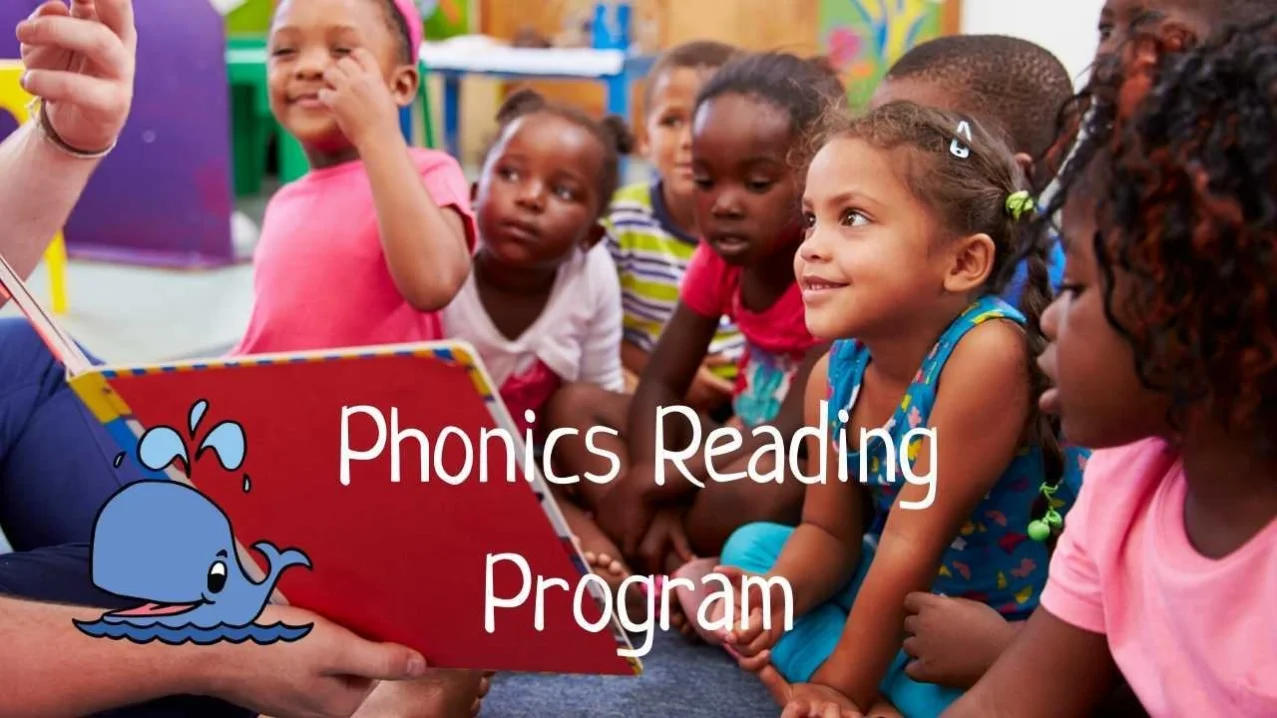
Phonics
Early Literacy and Grace Community School

Here at Grace Community School, we’re excited about reading! One of the most important ways to develop a lifelong love of reading is starting early. In our early literacy program, we take care to introduce letter recognition, phonemic awareness and phonic decoding skills to even young students. Basically, that means students learn the letters of the alphabet, come to understand that letters represent sounds in spoken language, and then know how to turn those sounds into words. The result: kids who can read fluently by themselves!
In fact, our youngest learners start learning basic phonics concepts at just two years old. We start early because it matters, and we stick with it because it makes a difference!
Early literacy instruction is part of the core College Can Begin at 2 Curriculum. Learning how to read provides a head start for success in many areas, and helps children grow into successful adults. At Grace Community School, literacy is about much more than learning to read. It’s about helping children learn how to learn and teach themselves new things on their own.
Birth to Age 3
Early literacy begins the moment a child is born. Parents and teachers play an important role in children’s literacy development by talking, singing, and reading to them. Babies are always learning and developing, so our infant caregivers use a wide variety of literacy activities and materials to support children’s language development. These include picture books, nursery rhymes, music, and games that children can use to learn about language.
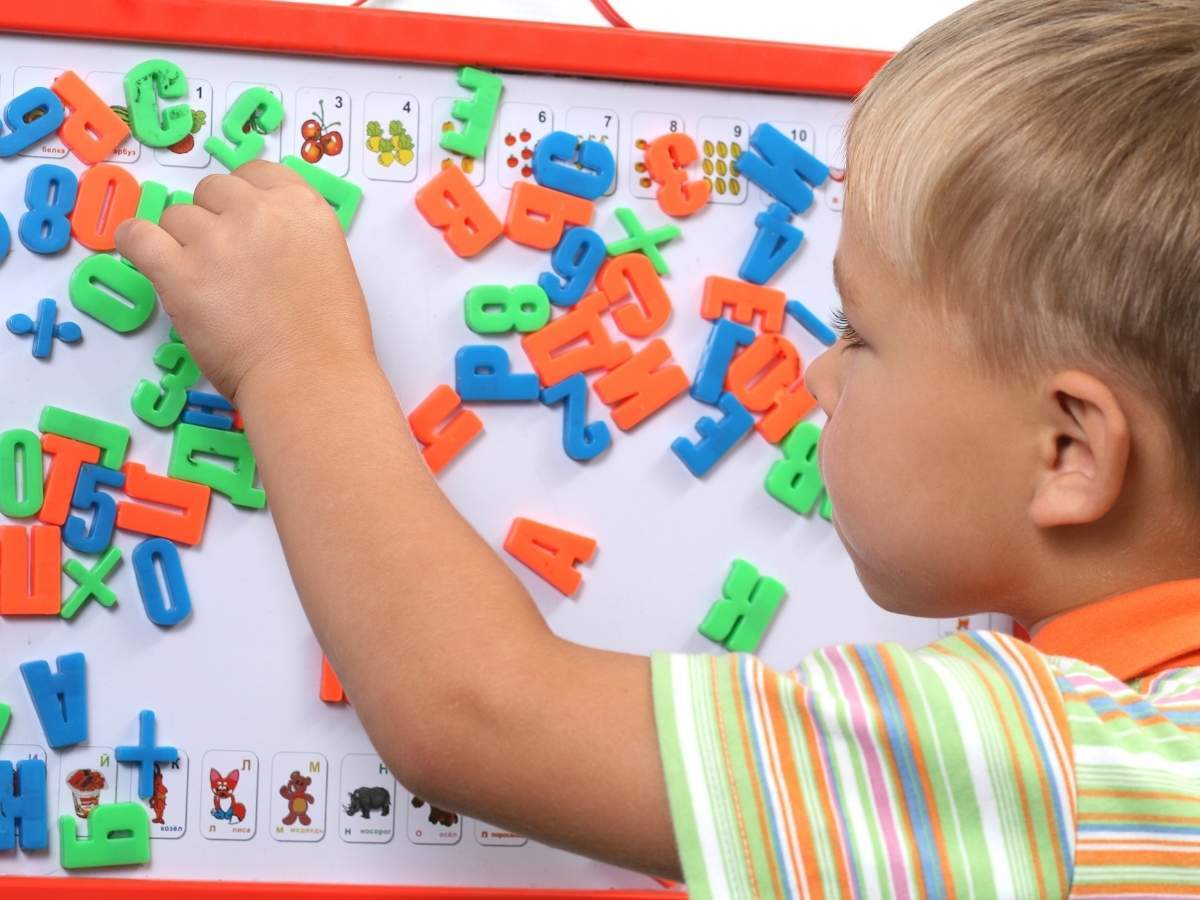
Research shows that children who regularly hear words during these early years form the foundation for future reading success: meaningful words heard before age 3 can increase a child’s vocabulary by up to 4,000 words. The more that children hear words during these early years, the easier it is for them to learn how to read independently later on.
Teachers at Grace Community School focus on nurturing a love for literacy by teaching concrete skills that make it easy for kids to read fluently. The goal is to help children develop a better understanding of the world around them through reading.
At Grace Community School, children learn to read as young as three years of age. Academic research shows that children who are taught phonics early learn to read faster and more easily.
The role of early literacy becomes more formalized as soon as students enter preschool. Children are taught how to sound out words, read short sentences and paragraphs, and write their own words. Much of this instruction occurs during what we call “Reading Circles.”
Our Preschoolers Can Read

Our preschool students engage in both hands-on and written activities that help them read, write, listen and speak (and sometimes sing!) with comprehension. We integrate literacy development across all subject areas: children learn the alphabet through math; they create stories using art, and we use phonics lessons during group times.
Because we start early, children get a head start on developing literacy skills that will help them later in life. They learn to read words and sentences by decoding the sounds within words.
By the time children enter kindergarten at age five, they are eager to learn even more about reading!
Why Reading is Important
Being able to read is a vital skill that unlocks all others. It’s true for modern society as well, and young children who learn how at an early age have a head start on learning most anything they set their mind to.
Phonics is a method of teaching children to read using the sounds of language. The idea is that you can help children learn to decode words by learning how letters represent those sounds and that once they have learned each sound they can blend them together into real words. The success of teaching with phonics has been proven time and again in the classroom, but what does it really mean?
What is Phonics?
Phonics is a method of teaching reading that aims to take advantage of the fact that almost every word in English can be represented using a letter or group of letters that represent one of its sounds. Phonics simply provides the rules for which letter/s represent which sound, but when done well it can provide an effective foundation in reading skills for young children, giving them the best possible chance at success later in life.
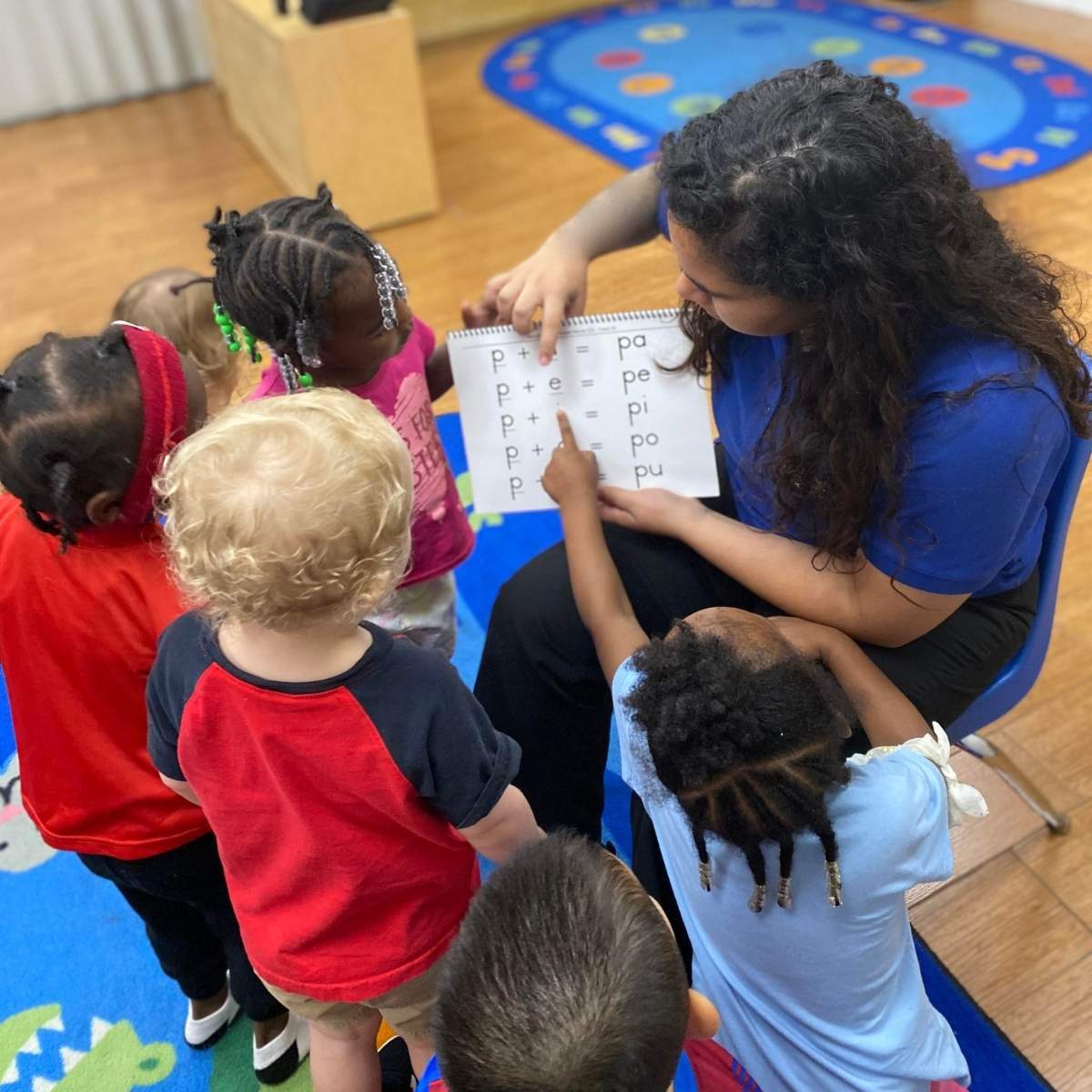
Phonics breaks words down into their smallest phonetic components. For instance, the word “cat” can be segmented into three sounds: /c/, /a/, and /t/. Phonics instruction teaches children how to recognize those sounds and connect them to the letters or combinations of letters that represent each sound.
Phonics instruction can be done through direct teaching in which a teacher demonstrates how each sound is represented, often with the help of pictures (for example: showing children that “s” makes the /s/ sound like in “sun”, “shoe” or “sleep”); through phonics games in which children are given practice at distinguishing between the different sounds and letters; or through reading, especially by starting with books that are written using only a single sound.
How Grace Community School’s Phonics Instruction Works
There are so many ways to use phonics instruction these days, but almost all successful programs agree on a few key principles.
The first is that phonics instruction needs to start early. If children are not exposed to letters and sounds before they enter Kindergarten, it will be more difficult for them to learn later on because their brains will have less capacity for learning new things.
The second is that phonics instruction needs to be direct – children need to understand the “rules” of letter/sound correspondences. This can be done through one-on-one instruction, small group instruction, or whole-class instruction.
Third, phonics instruction should be paired with lots of exposure to print containing all the different types of words we might see in day-to-day life. Children don’t develop literacy skills in a vacuum and without lots of chances to read books that use the different sounds they’ve been learning, even the most dedicated phonetics lessons are destined to fail.

Teaching young children to read is a challenge, but the truth is that if you know how to do it right they’ll be able to absorb all the information you give them and use it for years.
Finally, there are many ways to make phonics fun for kids! For example, if your child is learning about different animals you can work words like “sheep” into the lesson to give it some real-world application.
Here are a few more examples of how we make literacy instruction fun:
- Put letters in the child’s environment. For example, “S” can often be found on stop signs and “P” will be on almost any fruit you pick up at the store.
- Sing a song that uses letter sounds or words with which the child is already familiar.
When playing games with the children, we ask them to identify the letter/sound represented in each picture. - Put out lots of reading material that your child can access independently. If there are no words they aren’t ready for, it’s just not interesting!
Students at Grace Community School not only learn the letters of the alphabet but more importantly the sound that goes with each letter, along with a clue word to help them remember. Our curriculum breaks the alphabet down into smaller sections to make it easier for students to master phonetic sounds and letter recognition. (The alphabet groups are AEIOU, MRSTB, FGPHL, CKNDJ, and VWXYZQ.)
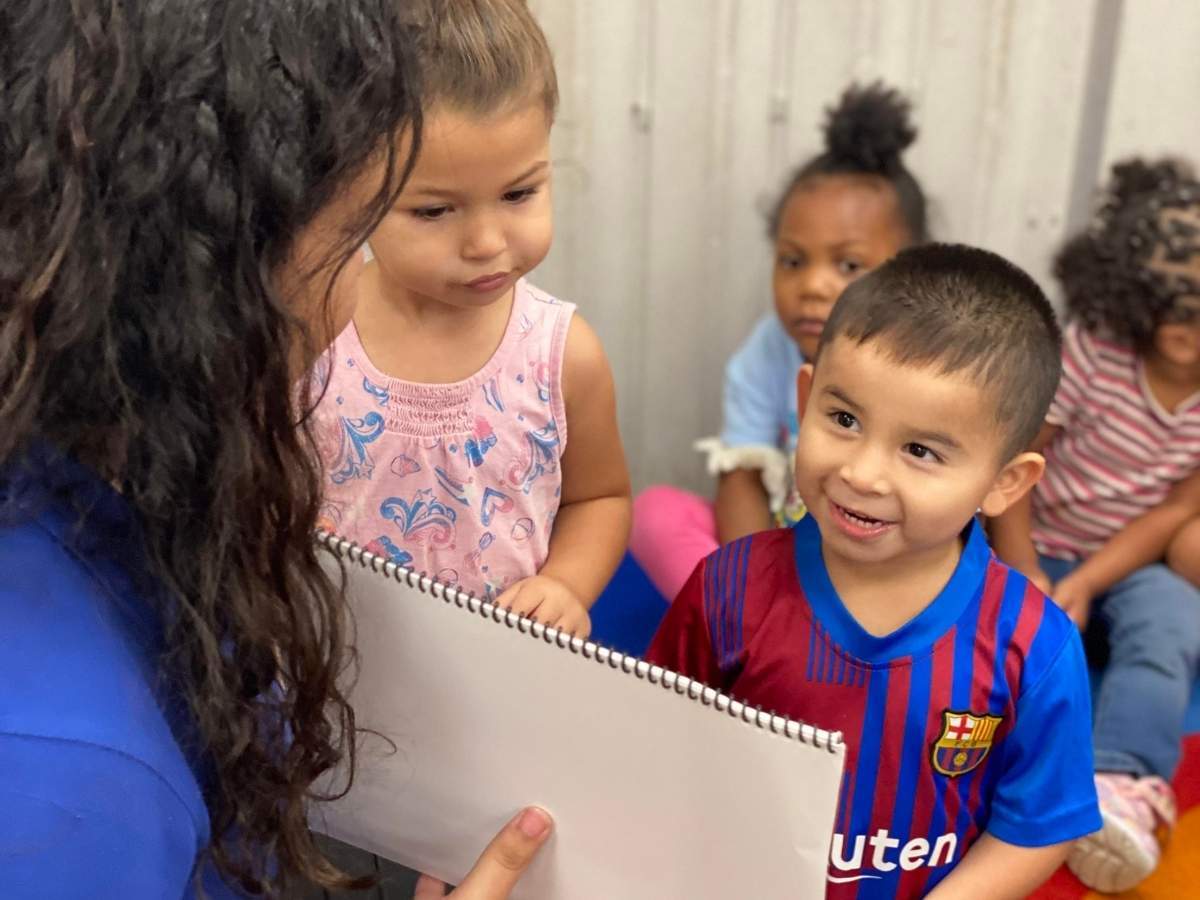
We use flashcards and flip books, Grace Community School’s own custom reading books, instructional videos, and recorded audio lessons. There are small group and individual drill times during the multiple literacy instruction sessions our classroom schedules provide each day.
With our individualized instruction, children learn quickly and progress through the Reading Circles at their own pace. Because the kids learn at their own pace, they are never pushed too fast or held back; the instruction is always right at the child’s individual level.
Concepts Covered in Our Reading Instruction
Children take home certificates and reading books as they progress through Grace Community School reading levels to keep parents informed of their progress.
Concepts, topics, and skills covered in Grace Community School’s phonics reading program include:
- Individual letter sounds (letter-sound correspondence)
- Blending
- Digraphs
- Diphthongs
- Short vowel sounds
- How to “sound out” words
- One-vowel words
- Long vowel sounds
- Two-vowel words
- Phonics rules
- Reading for comprehension
- Spelling and spelling rules
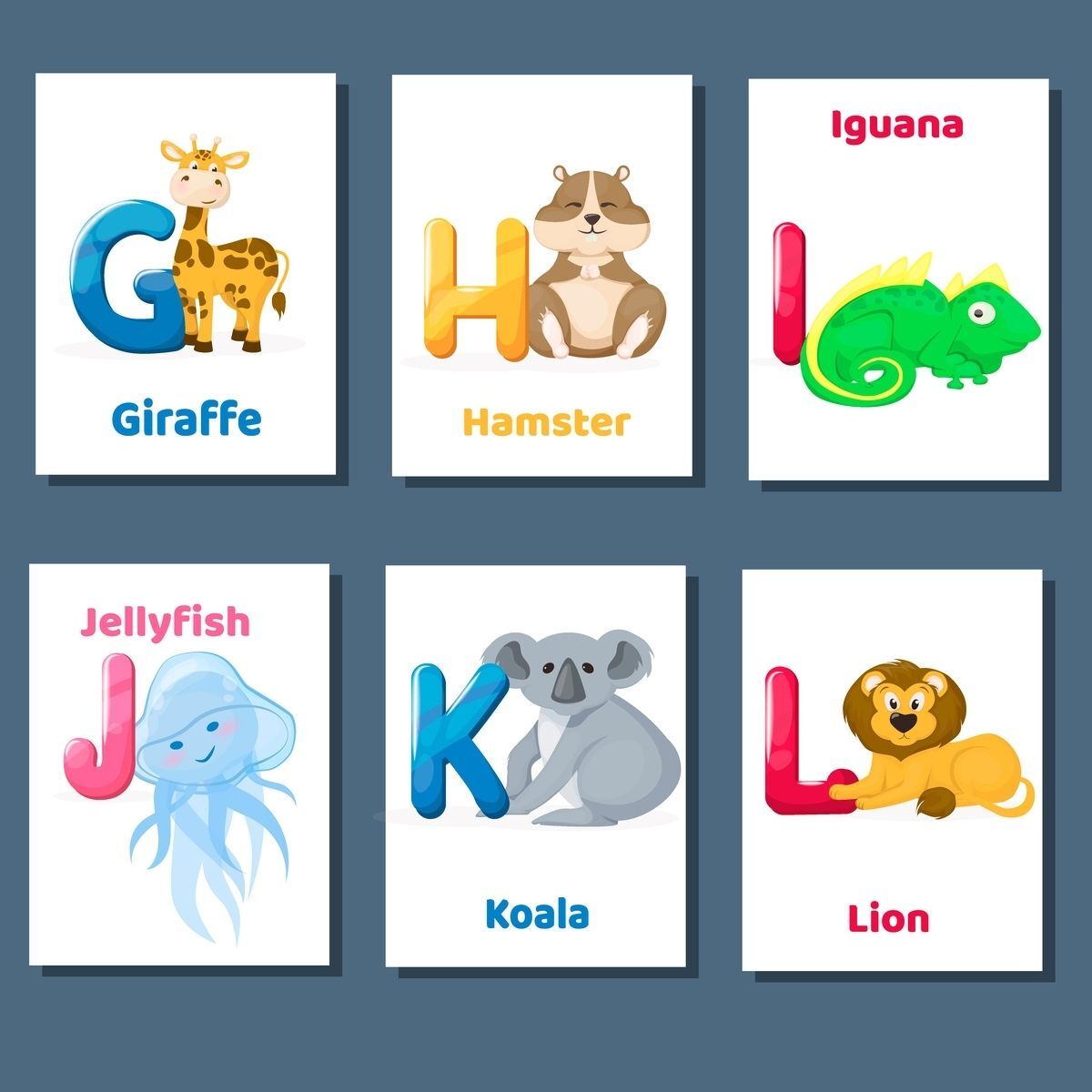
How to Help Your Child With Their Literacy Skills at Home
Parents can help their children with literacy skills by incorporating phonics, spelling, and reading into daily activities at home.
Parents should be patient with their child as they learn to read and write because it is not something that happens instantly. Learning these skills takes time, organization, patience, and creativity.
First of all, parents should create a routine for their children where they read before bedtime every night. They could even use the same book each time to enhance consistency. Parents can also have their children either draw a picture about the story they just read or try to write some of the words. This activity helps ignite creativity and student engagement in their reading practices at home, which will help them learn to love literacy.
Another way that parents can help their child with literacy is by having a special literacy corner set up somewhere in their room. This area can contain a variety of activities that stimulate literacy, such as books for them to read, writing utensils and paper, coloring materials, etc. Having their own literacy corner in the home will give children a space to explore how they can learn about literacy outside of school.
Parents should also play games with their children that help reinforce phonics and reading. For example, they can play with magnetic letters on the refrigerator or create their own little word games together to help with literacy skills.
There are also plenty of instructional videos and phonics games that children can access on the internet or on tablets, with parent supervision. Children are often very enthusiastic about working on their literacy skills using games and technology because doing these things is fun. However, parents should choose the games that their children play very carefully to make sure that they incorporate phonics and spelling in a practical manner, rather than having too many ads or flashy images that may distract from what they are trying to achieve.
Overall, parents should help encourage their children toward literacy by making it fun and exciting at home. They can do this by incorporating phonics and spelling into daily activities like reading books before bed or playing games. Parents should make an effort to work on literacy with their child as much as possible so that they can instill a love and appreciation for reading in their child.
Conclusion
Using Grace Community School’s comprehensive, developmentally appropriate approach to early literacy instruction, students are able to begin reading at an early age. By doing so, the students are able to jump ahead of their peers in school while gaining confidence. Our goal is to prepare all students for success early on and guide them into pursuing excellence through education!
Grace Community School has integrated this program because research shows that using phonics is one of the best ways to teach children how to read. Through the use of the College Can Begin at 2 Curriculum, students are able to read at a quicker rate while also being able to retain more information in their memory. The program has been successful thus far with students ranging from ages 2 years old to 6 years old. We have helped prepare these children for success by teaching them how to read through phonetic sounds. The children are now able to read books that they were unable to before, and it has given them a love for reading!
Grace Community School’s early literacy curriculum features guided phonics instruction as well as free-choice learning opportunities. This ensures all students’ educational needs are met by our dedicated teachers as we prepare the children for excellence in school. Our goal is to provide the best education for each student that walks through our doors, while also giving them a foundation they can use throughout their educational career!